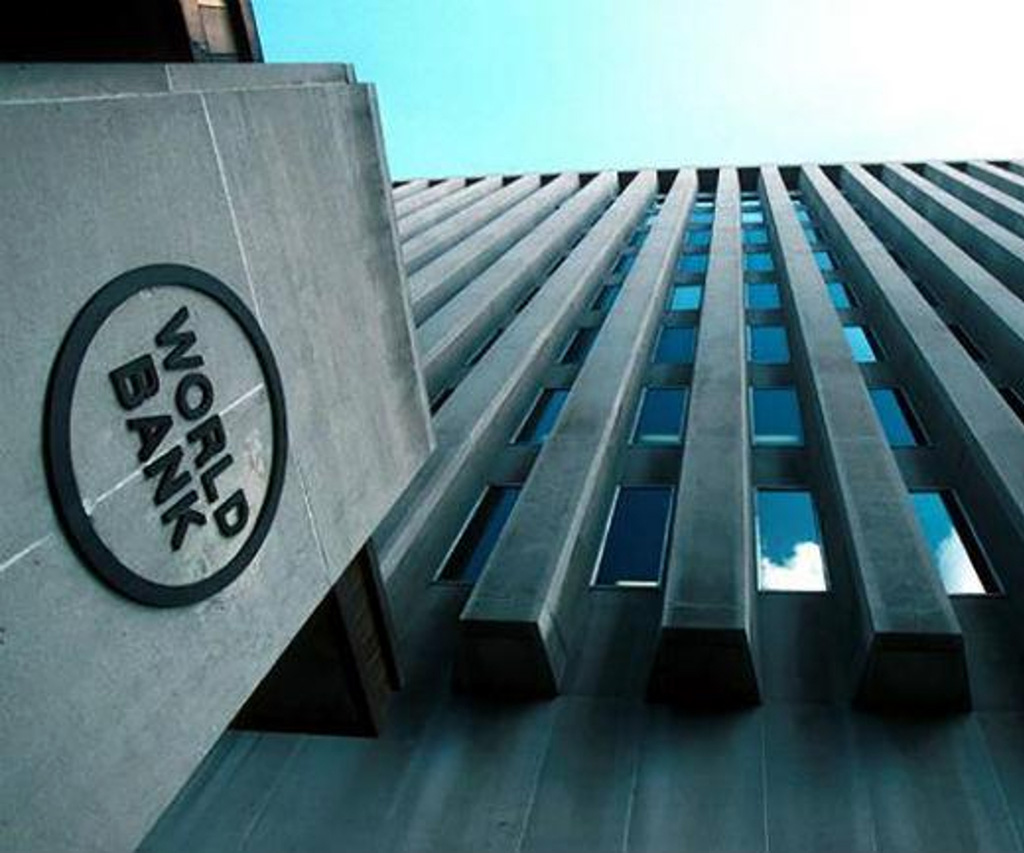Country facing recession prospect

Pakistan may fall into a recession with the real GDP for fiscal year 2020 could contract by 2.2 percent and a painful decline in per-capita income, says the World Bank (WB).
The WB in its latest report "South Asia Economic Focus Spring 2020" stated that Pakistan, which has already experienced low growth rates in recent years, could well fall into a recession. With 1.8 percent population growth, that would imply a painful decline in per-capita income.
South Asia will likely experience the worst economic performance of the last 40 years. Because of the unparalleled uncertainty, this report presents a range of forecast, estimating that regional growth will fall to a range between 1.8 and 2.8 percent in 2020, down from 6.3 percent projected six months ago.
Hardest hit is the Maldives where GDP is expected to decline by between 8.5 and 13 percent this year, as tourism has dried up. Also, for Afghanistan, Pakistan, and Sri Lanka, the full range of their forecast GDP growth for this fiscal year is in negative territory. In a worst-case scenario, the whole region would experience a contraction of GDP, maintained in the report.
There are considerable downside risks to the outlook. If the COVID-19 outbreak worsens or lasts longer than expected, the real GDP for fiscal year 2020 could contract by 2.2 percent before marginally recovering to 0.3 percent growth in fiscal year 2021 (an estimate subject to a wide interval). In the near-term, continued outflows of portfolio investments in government securities may further erode Pakistan's limited external buffers and contribute to exchange rate volatility, maintained in the report.
The rapid spread of the COVID-19 virus since February 2020 has brought economic activity to a near halt. Most of the country has been placed under a partial lockdown. The closure of non-essential businesses and domestic supply chain disruptions are having a significant impact on wholesale and retail trade and transport, storage and communication, the largest sub-sectors of the services sector.
The drop in domestic and global demand is also compounding the woes of the industrial sector, which is hit by both supply and demand shocks. In addition, the country's main industrial sector - textiles and apparel - is highly exposed to COVID-19 related disruptions due to its labor-intensity. As a result, real GDP growth in fiscal year 2020 is expected to contract by 1.3 percent.
COVID-19 pandemic-related disruptions have further strained economic activity. Output is expected to contract sharply in 4th quarter fiscal year 2020, bringing overall fiscal year 2020 growth to -1.3 percent.
These developments have put pressure on Pakistan's fiscal position, as tax collection is being adversely impacted while spending needs are increasing.
Real GDP growth is projected to contract by 1.3 percent in fiscal year 2020 as domestic and global economic activity slows down sharply in the last four months of the fiscal year. The outbreak of COVID-19 will impact growth beyond 2020.
Under the baseline scenario, growth will remain muted at 0.9 percent in fiscal year 2021 before reaching 3.2 percent in fiscal year 2022. Inflation is expected to average 11.8 percent in 2020 and to gradually decline thereafter.
The current account deficit is projected to narrow to 1.9 percent in fiscal year 2020, as imports contract more than exports. Export growth is expected to remain negative in fiscal year 2021 but to rebound thereafter and reach 6.7 percent in fiscal year 2022. Imports are expected to recover slowly from fiscal year 2022 onwards, as domestic industrial activities pick up.
Remittances are expected to contract by 6.5 and -6.0 percent in 2020 and 2021, respectively, due to lower growth in the Gulf Cooperation Council economies. Increased multilateral and bilateral flows are expected to be the main financing sources over the medium-term.
The fiscal deficit is expected to remain elevated, at 9.5 and 8.7 percent of GDP in fiscal year 2020 and 2021, respectively.
Revenue mobilization efforts will be negatively impacted by subdued domestic activity, while expenditures will increase to contain the spread of COVID-19 and support the economy.
The fiscal deficit is expected to fall gradually to 6.0 percent of GDP by FY22 as the impact of the crisis tapers-off. However, the public debt-to-GDP ratio is expected to increase and remain elevated over the medium-term, with Pakistan's exposure to debt-related shocks remaining high.
The poverty outlook for fiscal year 2021 will depend critically on the ability of the informal off-farm sector to recover from the current crisis. The duration of the crisis and the capacity of government interventions to protect investments in physical and human capital of the most vulnerable segments of the population will be important to prevent long lasting consequences.
Additionally, volatility of oil prices and difficulty in rolling-over of bilateral debt from non-traditional donors (China, KSA and UAE) would compound Pakistan's external risks and contribute to higher financing gaps. The immediate challenge for the government is to contain the spread of the COVID-19 pandemic, while minimizing economic losses and protecting the poorest. In the medium-to-long term, the government should remain focused on implementing much needed structural reforms to boost private investment sustainably.
In Pakistan, India, Nepal and Bangladesh, with high levels of food insecurity and widespread malnutrition among children, the consequences of the virus spreading widely could reverse the recent positive trends in poverty and prove to be catastrophic and far reaching.
In the case of Pakistan, 54 percent of manufacturing exports are related to the textile and food, beverages, and tobacco sub-sectors. Bangladesh and Pakistan, the main exporters, will suffer disproportionately, in part because the countries that suffered the largest outbreaks are also the largest buyers of garments from these two countries.
























Comments
Comments are closed.